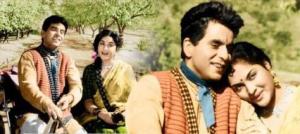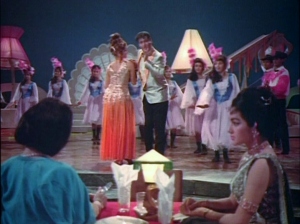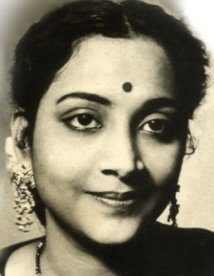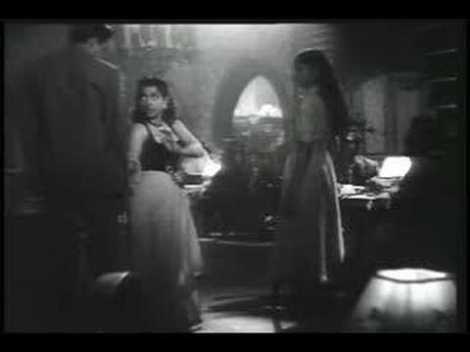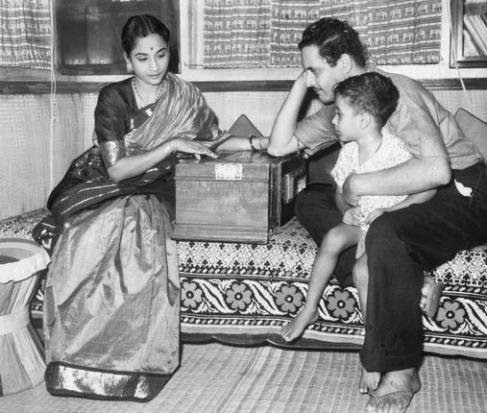Today I shall describe three different situations from any first hand experience.
1.
I was trying to sell a training programme for the vice presidents and
senior vice presidents of reasonably large and fast growing private
bank. The discussion was being held with an exceptionally sharp and
forthright HR head. His concern was about how could he ensure that his
well defined objective will be met during two days training.
My
presentation had included feedbacks from officers of similar status in a
larger bank. I rolled back the presentation and showed him those
feedbacks. I hoped that he would be impressed. Politely, he brushed
these aside and said, "normally trainers have a knack of creating fast
paced activity. In the bonhomie that follows no one writes the 'real'
remarks. Everything oscillates between good and excellent".
This
set me to thinking. I looked back and realised that whatever he said was
more or less true. Two possibilities came to my mind. Either we were
really good or we needed to ensure that the 'real' comments come out
from the participants.
2. Recently a tall and smart young man came
to meet me. He said that he was a trainer and has been conducting
courses for the past three years, on management of personal wealth. His
courses are conducted in one of the five star properties, and the
response is reasonably good. Invariably, he takes feedback forms from
the participants. Only recently one of the participants wrote in his
comments that the trainer spoke so fast that he could not understand
anything. The feedback brought home a number of revelations – that the
participants often do hesitate to write their real comments. It is so
because most of us are not assertive. Equally important was the fact
that the trainer, nay, not anyone should speak fast. If the objective of
communication is conveying the ideas, these must be achieved. How? By
modulation you speech, that is by bringing about variance in pace,
pitch, pause, emphasis on the keywords and the tone. Modulation of the
voice is recommended for everyone. But for public speakers, advocates,
lecturers, it is a must. The young man told me that he would have
continued speaking fast but for this one assertive participants, “real”
feedback. Surely, he would be a much better trainer now and owes the
success to the feedback form alone.

- Rajdhani Express
3. On the 14
th
of this month, I left for Delhi by the Rajdhani Express. Ever since the
cheap airlines, have started operating, the charm of air travel has
gone. Earlier, one would have a nice breakfast, or a good meal depending
upon the time of the flight. And all from a five star flight kitchen.
Now, you have to buy your own sandwitch, or a packet of biryani. And I
would not pay twice the airfare just for a free meal.
While
travelling I got the news that my sister had fallen sick and she was
admitted in a leading hospital in South Delhi. On reaching there, we
would sit out as she was in the ICU. There were two types of chairs. One
which could be turned as sleepers. These were extremely uncomfortable
to sit. Besides, there would be more attendentants than the number of
chairs. Though the place was supposed to be air conditioned, there were
many mosquitos. The pesticide sprinkler would come more than once
everyday, but the mosquitos seemed to reappear just as soon has he left.
I didn’t see anyone cleaning or mopping the place. Families of four
patients including my sister occupied most of the chairs.

- Hospital
In
any case, we were more concerned about the patients. Medical care
seemed to be good. Everytime the Doctor would come to examine the
patient, he/she would politely talk to the relatives of the patient
concerned.
After four days, my sister had recovered to the extent
that she was moved to a single room. At this time, the sister-in-charge
of the ICU gave a feedback form to my niece. So far we had been hapless
watchers and mute listeners. Now it was the time for us to express our
grievances. My niece poured out and wrote about all we had seen and
experienced.
In the single room we found that there was a big sofa
and two chairs which were rather unclean. Though the room was large,
the maintainence was rather poor. The glass overlooking the garden had
not been cleaned for days and gave a rather shabby look. Even the
bathroom was not clean and properly sanitized. Meanwhile, my nephew had
come in the room. Finding these shortcomings, he started checking the
other amenities. When he tried to open the locker, it wouldn’t. He had
brought with him DVDs which my sister liked, but the DVD player wouldn’t
work.
Meanwhile, a supervisor came from the ICU and pleaded that
my niece change the feedback. She even brought a new feedback form. On
the other side, my nephew complained that the locker was not opening,
the DVD player was not working, the glass window needed to be cleaned
and the bathroom did not have soap and other accessories. Charging
patient room rent equal to that of a five star hotel, and not providing
facilities was very unreasonable. However, now there was a difference.
As soon as the complaints were lodged, the hospital staff swung into
action. Some came and cleaned the glass. Soap, shampoo, body lotion, and
even the shaving kit was placed in the bathroom. Since the DVD player
did not work, it was promptly replaced. The floor was thoroughly
cleaned, re-cleaned and sensitized with profuse apologies. In short,
they did all to please the patient and the attendants alike.
You
may call it the power of the feedback form. Make it a point to fill
feedback forms assertively whenever there is an occasion.
Thank you.















